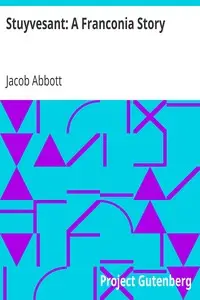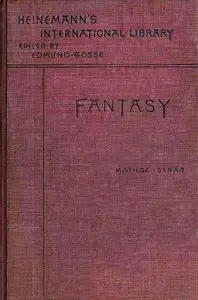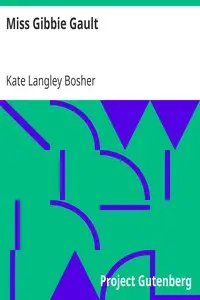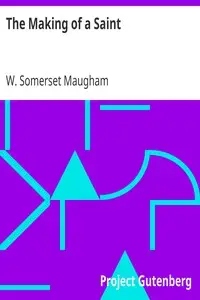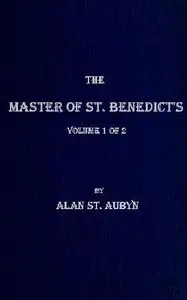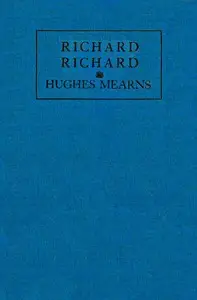"The Vinegar Saint" by Hughes Mearns is a story about a young girl named Gorgas Levering, her friendship with Professor Allen Blynn, and her mentorship with Bardek, a talented gypsy. It looks at ideas about being young, getting an education, and how hard it can be to grow up in a world with rules that can either hold you back or help you. Right from the start, Professor Blynn is thinking about his job as a teacher while he plays tennis, which shows how he's thinking a lot about being young and growing up, especially when it comes to Gorgas, who is a lively thirteen-year-old girl. When they meet, it's fun and full of energy, and it shows that Gorgas is special—she's smart and has big plans for the future, but she also has to face the challenges that come with being young. Bardek, the gypsy, is really important in Gorgas's life because he teaches her about art in a different way than school does, showing two different ways of learning: one traditional and one where you learn by doing. As these characters interact, they learn about what society expects from them and how they can grow as people.
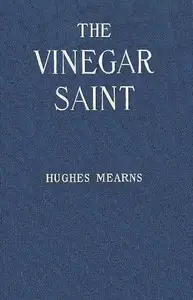
The Vinegar Saint
By Hughes Mearns
In a world of expectations, an unconventional friendship blooms between a spirited young girl, a thoughtful professor, and an artistic gypsy, challenging the very essence of education and growing up.
Summary
About the AuthorWilliam Hughes Mearns (1875–1965), better known as Hughes Mearns, was an American educator and poet. A graduate of Harvard University and the University of Pennsylvania, Mearns was a professor at the Philadelphia School of Pedagogy from 1905 to 1920. Mearns is remembered now as the author of the poem "Antigonish". However, his ideas about encouraging the natural creativity of children, particularly those age 3 through 8 were novel at the time. It has been written about him that, "He typed notes of their conversations; he learned how to make them forget there was an adult around; never asked them questions and never showed surprise no matter what they did or said."
William Hughes Mearns (1875–1965), better known as Hughes Mearns, was an American educator and poet. A graduate of Harvard University and the University of Pennsylvania, Mearns was a professor at the Philadelphia School of Pedagogy from 1905 to 1920. Mearns is remembered now as the author of the poem "Antigonish". However, his ideas about encouraging the natural creativity of children, particularly those age 3 through 8 were novel at the time. It has been written about him that, "He typed notes of their conversations; he learned how to make them forget there was an adult around; never asked them questions and never showed surprise no matter what they did or said."

